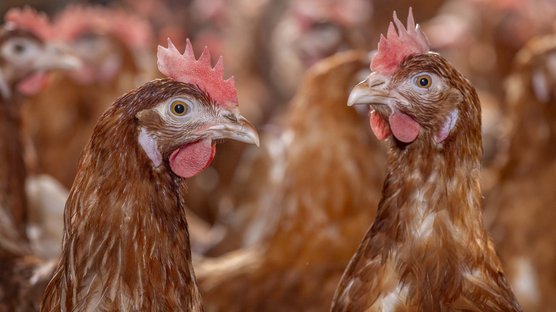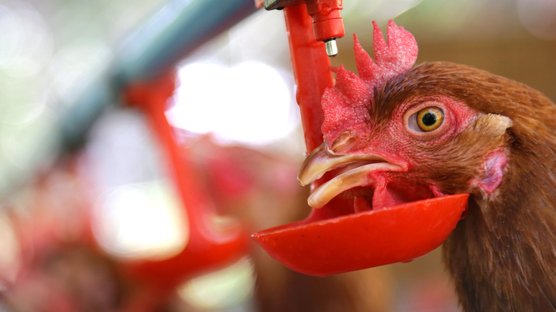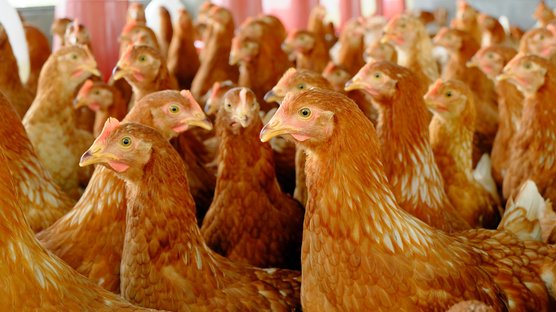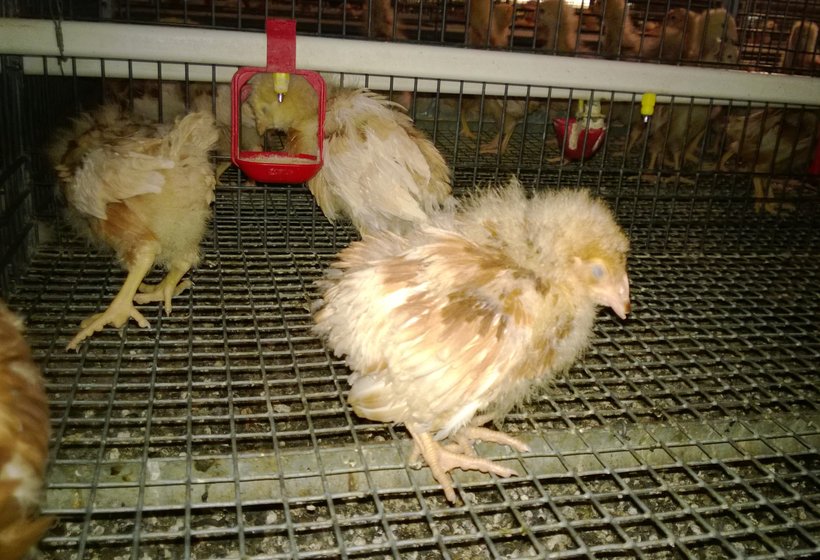
Published on Oct. 20, 2020
Infectious Bursal Disease (Gumboro) in Laying hens
Infectious Bursal disease, also known as Gumboro disease, is caused by an avibirnavirus (IBDV) and affects the immune system of young chicks throughout the world. The virus has no envelope and is very resistant, surviving more than 50 days in contaminated feed, water, manure and insects (i.e. Alphitobius) and beyond 4 months in the poultry house after removal of an infected flock. Transmission of IBD is exclusively horizontal.
Main target of the virus is the bursa of Fabricius, a key organ of the chicken immune system, where it destroys immature B-lymphocytes, which are essential for humoral immune response.
Viruses causing disease in chickens belong to serotype 1: classical-like strains produce mild to acute illness with clinical signs while variant-like strains are responsible for immunosuppression with no symptoms.
Clinical Signs
The classical form of Infectious Bursal Disease affects chickens between 3 and 6 weeks of age: birds appear listless, with ruffled feathers and suffer from diarrhoea. Mortality is variable and can reach up to 60 % in acute forms affecting layer pullets. Growth and uniformity are negatively affected. Typical macroscopic lesions are swollen bursa (from oedematous to haemorrhagic), haemorrhages in breast and leg muscles, pale kidneys and signs of dehydration.
The subclinical form of Infectious Bursal Disease usually appears when birds are early infected, before 3 weeks of age, or at older age by some variant strains. Clinical signs are not observed, and the only lesion found is atrophy of the bursa. Main effect is immunosuppression and affected birds show retarded growth, poor FCR, do not respond properly to vaccination and are more susceptible to other infectious diseases.
Diagnosis
Diagnosis of Infectious Bursal Disease is first based on clinical signs and gross lesions in the bursa and can be confirmed by histologic examination (lymphocyte depletion in the follicles) and RT-PCR.
Serology can be used to detect IBDV antibodies after infection, but its main application is evaluating the titres in the breeder flocks and maternally derived antibodies (MDA) in day old chicks to determine the proper time for vaccination.
Control & Vaccination
There is no effective treatment for Infectious Bursal Disease. Since the virus is very stable in the environment, strict cleaning, disinfection, pest control and adequate downtime after depopulating a contaminated farm is key to reduce the risk of recurrent outbreaks.
Control is based in passive protection of young chicks (MDA protecting chicks from early infection) and active immunization by vaccination.
Depending on the vaccine used, the main problem is to determine the proper time of vaccination, the decrease of maternal antibodies should be taken into account: too early vaccination will not be effective since MDA will neutralize the vaccine virus but too late vaccination will put the young chicks at risk of early infection.
Different types of vaccines are available for active immunization:
- Conventional live attenuated vaccines: classified as mild, intermediate, intermediate plus and hot according to virulence: the higher the virulence, the higher breakthrough titre, so they can be used at earlier age but risk of damaging the bursa is also increased. Usually applied two times in rearing.
- Immune-complex vaccines: attenuated live virus bound to antibodies, to be applied once in the hatchery. Replication starts once MDA have decreased sufficiently.
- Recombinant HVT-based vaccines: IBDV VP2 protein inserted in HVT, to be applied once in the hatchery. Replication starts after vaccination independently from MDA level.
- Inactivated vaccines: used in breeder flocks for boosting to extend passive protection in the progeny to 4 or 5 weeks.
Picture of swollen and hemorrhagic bursa
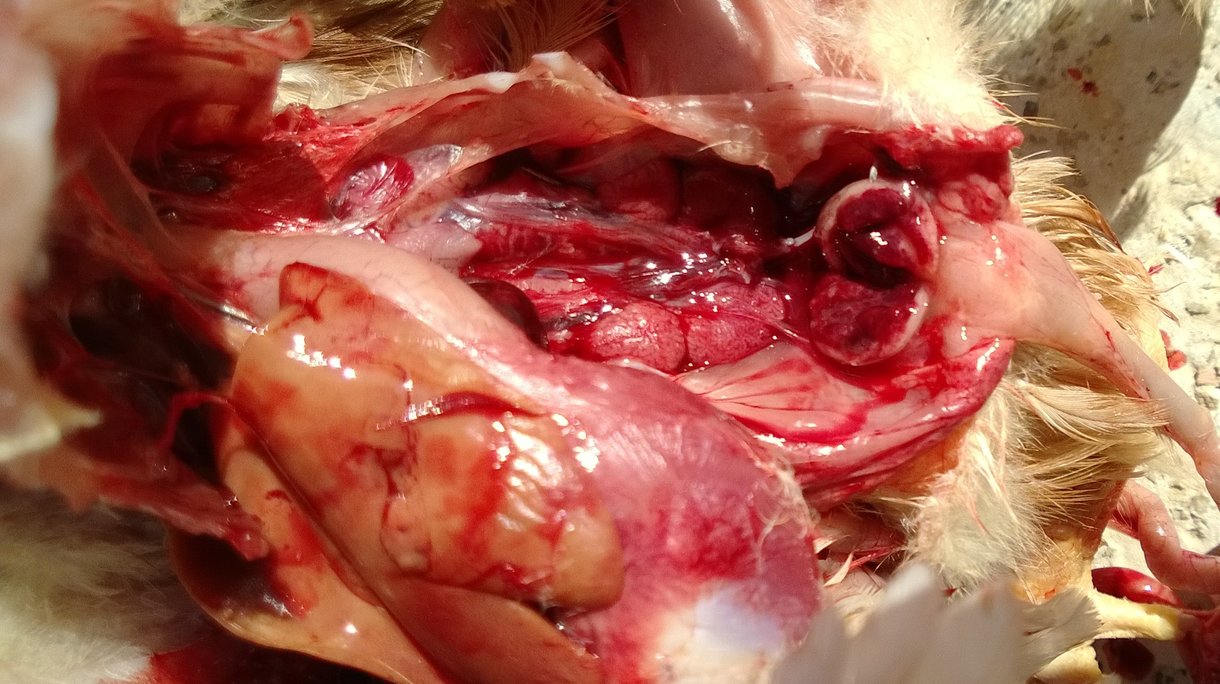
References
- Picture infected chicken: Rafael Lera
- Picture infected bursa: Rafael Lera

